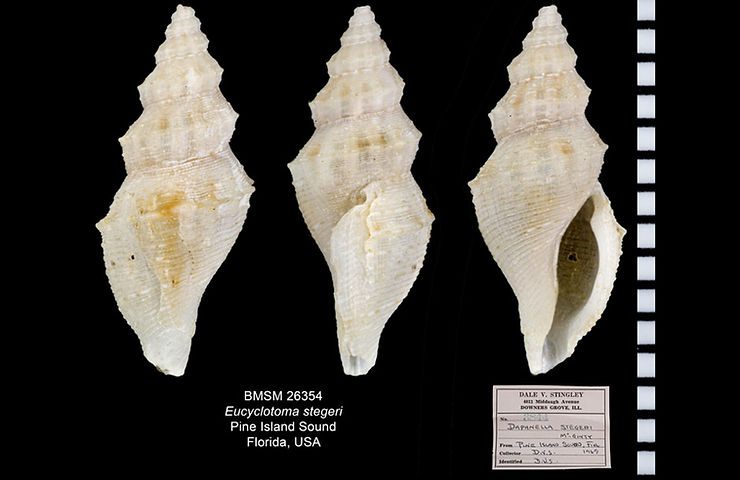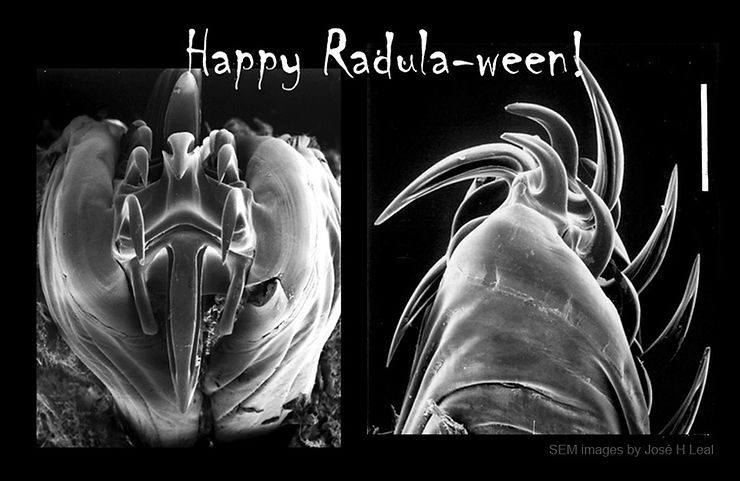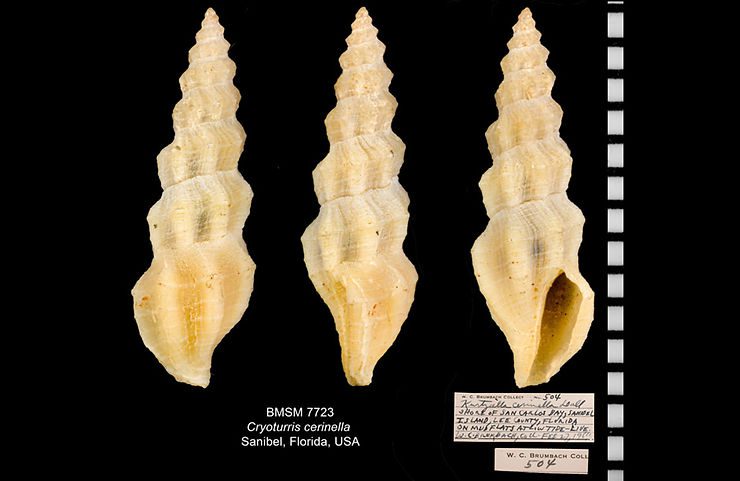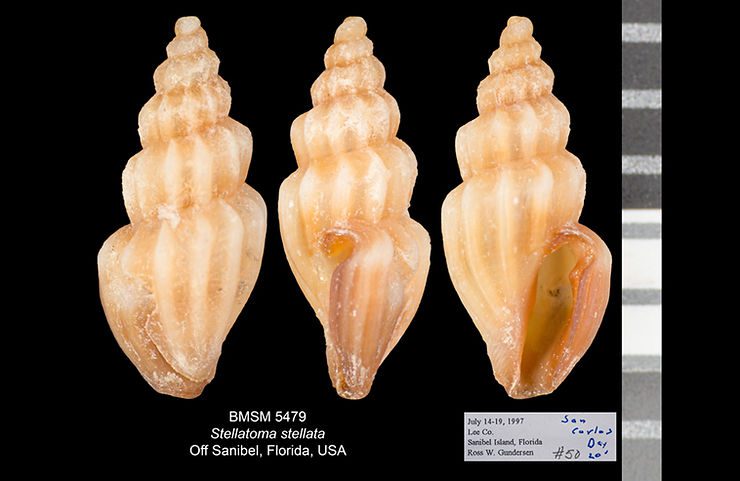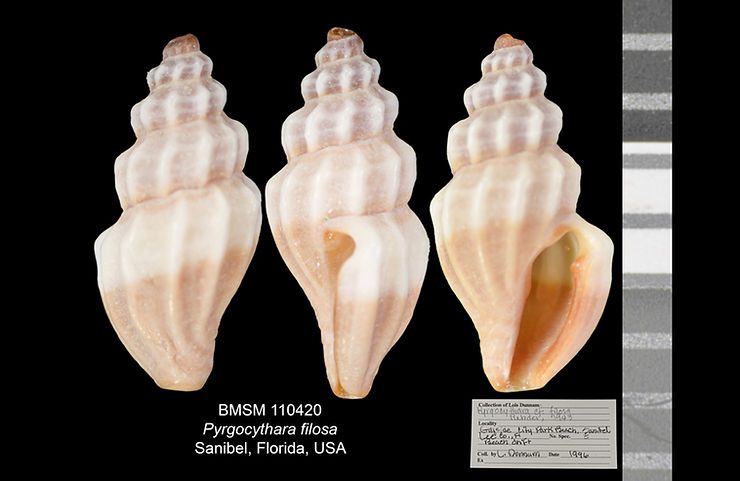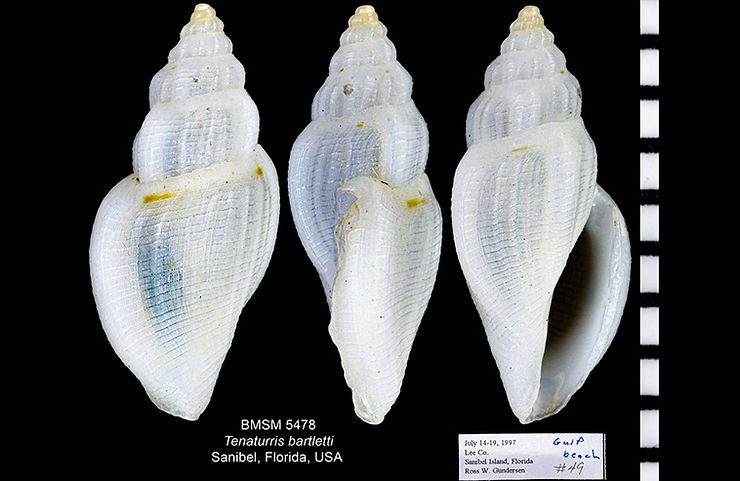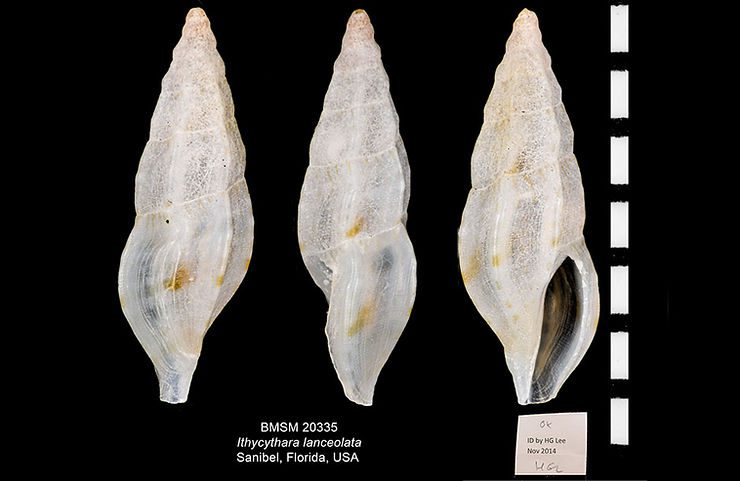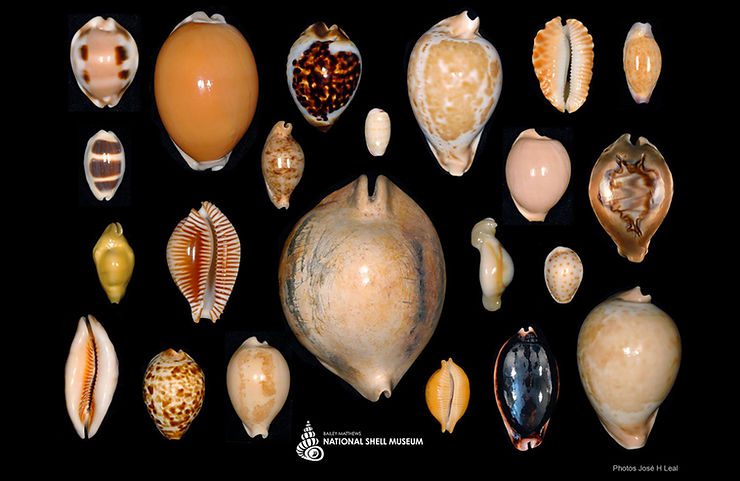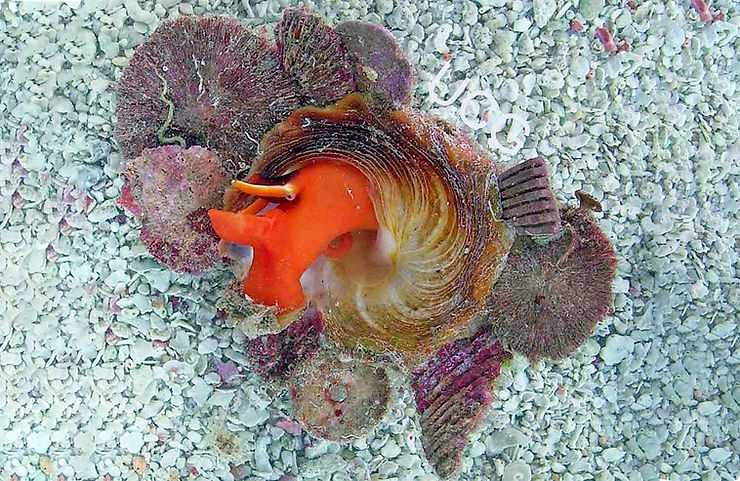
Carrier Snails!
Carrier snails (family Xenophoridae) are gastropods that attach other shells, pieces of corals, or little pebbles to their own shell. To do that, a carrier snail holds the object with the front part of its foot, adjusting it to an adequate position along the last shell whorl, where it will then be “glued” with fresh shell material secreted by the snail's mantle. Carrier snails are cousins to true conchs in the family Strombidae: The image below shows the general aspect of a carrier snail body, w
